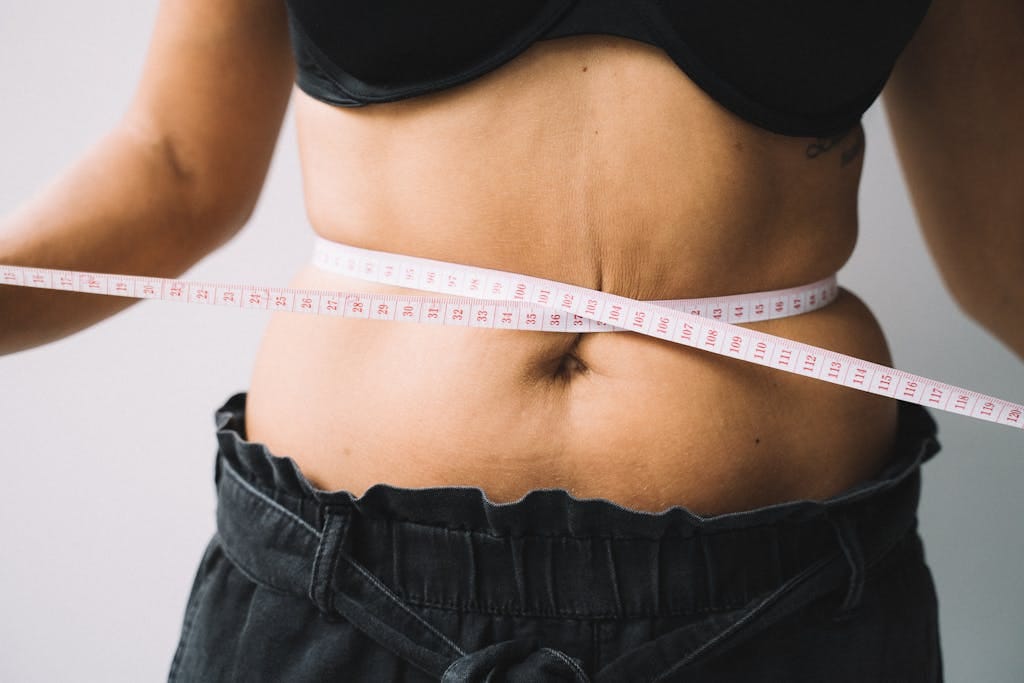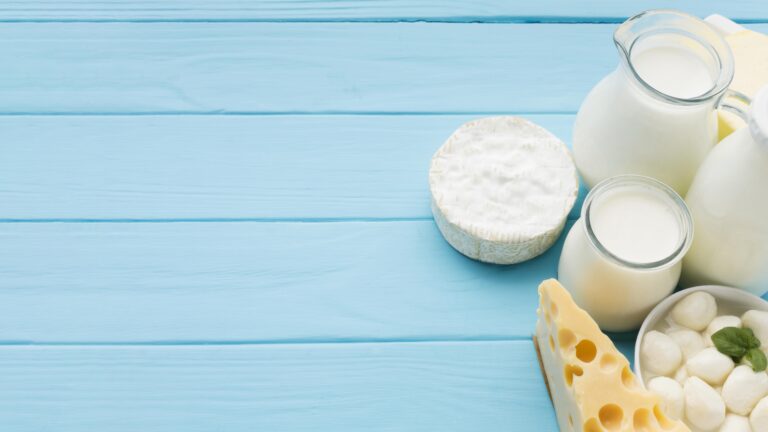FREE SHIPPING OVER $50
How to Drop from 30% to 10% Body Fat—The Simplest Strategy to Get Lean
Dropping body fat from 30% to 10% is a big goal, but with the right strategy, it’s achievable. This level of body fat loss requires consistency, strategic nutrition, effective workouts, and a sustainable approach. Here, we’ll explore how to simplify this journey and make it practical, so you can achieve long-term fat loss without feeling overwhelmed.
Understanding Body Fat Percentages

Body fat percentage reflects the amount of fat relative to your overall weight. Around 30% body fat is common in people who carry some extra weight but aren’t significantly overweight. However, moving down to 10% body fat takes commitment, as this is a level typically seen in athletes or those focused on achieving a lean physique.
Going from 30% to 10% means losing both subcutaneous fat (the fat under the skin) and some visceral fat (fat around internal organs). To do this sustainably, you’ll need a multi-faceted approach that includes diet, exercise, and lifestyle changes.
Set Realistic Expectations
Losing 20% body fat isn’t something that can happen overnight. A realistic and sustainable fat loss rate is about 1-2% body fat per month, which is safe and reduces the risk of losing muscle along with fat.
At this pace, a gradual 6-12 month timeline can be expected, depending on factors like metabolism, adherence, and workout intensity. By setting realistic expectations, you avoid burnout and make steady progress toward your goal.
Focus on High-Protein, Nutrient-Dense Meals
One of the simplest ways to lose fat is to prioritize high-protein, nutrient-dense foods in your diet. Protein not only keeps you feeling full but also preserves muscle mass, which is crucial when dropping body fat. Muscle burns more calories than fat at rest, so maintaining it is essential for metabolism.
Key Nutrition Tips
- Eat Protein with Every Meal
Aim for lean protein sources like chicken, turkey, fish, tofu, or legumes at each meal. Protein shakes can also be useful, especially after workouts. - Add High-Fiber Foods
Fiber helps keep you full and stabilizes blood sugar levels. Include vegetables, fruits, whole grains, and legumes in your diet to increase fiber intake. - Avoid Processed Foods
Processed foods often contain added sugars, unhealthy fats, and calories without much nutritional value. Stick to whole foods as much as possible. - Hydrate
Drinking water can help control hunger and keep your metabolism running smoothly. Aim for 8-10 cups per day, especially if you’re active. - Focus on Caloric Deficit
Fat loss is achieved through a caloric deficit, which means consuming fewer calories than you burn. Track your intake to ensure you’re on target, but avoid drastic restrictions that aren’t sustainable.
7-Day Meal Plan
| Day | Breakfast | Lunch | Snack | Dinner |
|---|---|---|---|---|
| Monday | Overnight oats with protein powder, berries, chia seeds | Grilled chicken salad with quinoa, mixed greens, and balsamic vinaigrette | Apple slices with almond butter | Baked salmon, steamed broccoli, brown rice |
| Tuesday | Smoothie (spinach, protein powder, banana, almond milk) | Turkey wrap with whole grain tortilla, mixed veggies | Greek yogurt with berries | Stir-fried tofu, snap peas, and cauliflower rice |
| Wednesday | Scrambled eggs with spinach and whole grain toast | Lentil and vegetable soup with side salad | Carrot sticks with hummus | Grilled chicken breast, sweet potato, green beans |
| Thursday | Protein pancakes with fresh berries and Greek yogurt | Grilled shrimp and mixed vegetable stir-fry | Cottage cheese with pineapple | Baked tofu, quinoa, roasted Brussels sprouts |
| Friday | Avocado toast with poached eggs | Chicken Caesar salad (light dressing) | Protein shake and banana | Turkey meatballs, zucchini noodles, marinara sauce |
| Saturday | Chia pudding with almond milk, berries, and walnuts | Chickpea salad with cucumber, bell peppers, and olive oil | Hard-boiled eggs | Baked cod, roasted asparagus, mashed cauliflower |
| Sunday | Veggie omelet with mushrooms, peppers, and onions | Tuna salad with mixed greens, olive oil, and vinegar | Mixed nuts and a small apple | Lean beef stir-fry, brown rice, steamed carrots |
Include Strength Training and Cardio in Your Routine
Both strength training and cardio are vital for fat loss. Strength training helps build muscle, which increases resting metabolism, while cardio helps create a caloric deficit.
Effective Workout Plan
- Strength Train 3-4 Times a Week
Focus on compound exercises like squats, deadlifts, bench presses, and rows. These movements work multiple muscle groups at once, maximizing efficiency and boosting calorie burn. - Incorporate HIIT (High-Intensity Interval Training)
HIIT workouts involve short, intense bursts of exercise followed by brief recovery periods. This can be a powerful tool for fat loss as it boosts calorie burn during and after the workout. - Add Low-Intensity Steady-State Cardio (LISS)
LISS, such as walking, biking, or swimming at a steady pace, can complement your strength and HIIT workouts. It’s less taxing on your body and can help burn additional calories. - Prioritize Recovery
Rest days are just as important as workout days. Aim to get enough sleep and incorporate stretching or foam rolling to help muscles recover and grow.
Sample 7-Day Workout Plan
| Day | Workout |
|---|---|
| Monday | Strength Training: Full Body (Compound Movements) – Squats, Deadlifts, Bench Press, Rows. 4 sets of 10 reps each. |
| Tuesday | HIIT: 20 minutes (e.g., 30 seconds sprint, 30 seconds rest) + Core (Plank, Bicycle Crunches, Russian Twists) |
| Wednesday | Strength Training: Upper Body (Push-ups, Pull-ups, Shoulder Press, Dumbbell Curls) – 4 sets of 10 reps each |
| Thursday | LISS: 45 minutes brisk walking or cycling at a moderate pace |
| Friday | Strength Training: Lower Body (Lunges, Leg Press, Calf Raises, Bulgarian Split Squats) – 4 sets of 10 reps each |
| Saturday | HIIT: 20 minutes (e.g., 45 seconds work, 15 seconds rest) + Core |
| Sunday | Active Recovery (Light stretching, yoga, or gentle walking) |
Track Your Progress Beyond the Scale
While the scale can show weight loss, it doesn’t differentiate between fat and muscle. Tracking body fat percentage and other markers can give you a better picture of your progress.
Tools to Track Fat Loss
- Body Measurements
Use a tape measure to track inches lost around your waist, hips, chest, and thighs. - Progress Photos
Taking photos every few weeks can visually show changes in your physique that the scale might not reflect. - Body Fat Scans
Devices like calipers or body fat scales (or more advanced methods like DEXA scans) can measure changes in body fat percentage.
When to Adjust Your Plan
As you progress, you may hit plateaus. If this happens, making small adjustments can keep you moving forward. Some common strategies include slightly reducing calorie intake, increasing workout intensity, or trying new types of cardio.
Stay Consistent and Flexible
Consistency is the key to long-term success. However, flexibility is just as important. Real life doesn’t always allow for perfect adherence to a diet or workout plan, so being adaptable can help you maintain your progress without feeling discouraged.
Ways to Maintain Flexibility
- 80/20 Rule
Try to follow your nutrition and fitness plan 80% of the time and allow some room for occasional indulgences. This prevents burnout and helps sustain your progress. - Switch Up Your Routine
Add variety to both your diet and workout plan to keep things interesting and avoid boredom. Try new recipes, or experiment with different workout classes.
Conclusion
Getting from 30% to 10% body fat isn’t about extreme diets or punishing yourself with exercise. It’s about a sustainable approach that includes balanced nutrition, effective exercise, and consistency. By following these simple strategies, you can gradually and safely achieve your body composition goals, feel better, and enjoy the journey.
This steady, realistic approach ensures lasting changes, helping you reach and maintain a lean physique without sacrificing your quality of life. Whether you’re just starting out or refining your fitness routine, this plan can support your journey toward a healthier, leaner you.
Related Articles
- 10 Clear Signs Metformin Is Working for Weight Loss
- The Best Breakfasts for Weight Loss According to Doctors—Why Men and Women Need Different Morning Meals
- Why Some People Eat More and Lose Weight: The Secret Revealed
- Why They Call This Fiber Supplement “The Poor Man’s Ozempic”
- One Simple Change to Your Night Routine That Melts Fat While You Sleep
- The Surprising Morning Ritual That Burns Belly Fat—It Takes Less Than 5 Minutes







